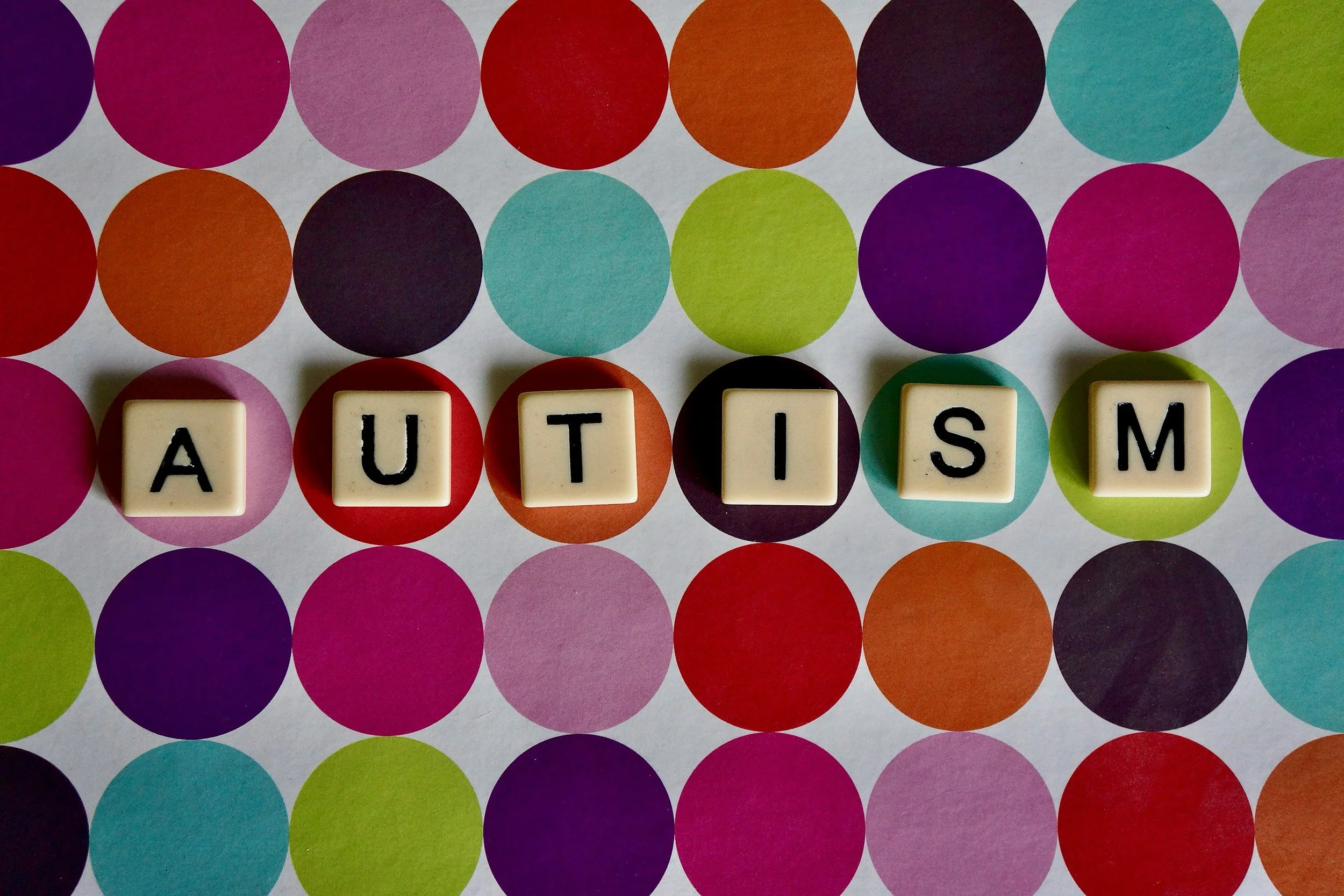Echolalia in Autism: Is My Child Just Repeating Phrases, and How Can We Build Spontaneous Language?
Brianna Stodgell CCC-SLP
Some children frequently communicate by repeating lines from their favorite television shows, or directly imitating what others say to them. This form of communication is called echolalia. Echolalia refers to repeating words, phrases, or sentences spoken by others. It can occur immediately (right after hearing something) or be delayed (repeating something heard earlier — even hours, days, or weeks later).
For example:
Immediate echolalia:
Parent says, “Are you okay?”
Child replies, “Are you okay?” (instead of ‘Yes’ or ‘No’)Delayed echolalia:
Child says, “Let it go” whenever leaving the house- a line from their favorite move
Echolalia is not “meaningless copying.” It’s a way for children to:
Process language and practice communication patterns
Communicate intent when they don’t yet have the words they need
Regulate emotions or comfort themselves with familiar phrases
Why Echolalia Is Important
Echolalia can be the foundation for eventual spontaneous language. Although it may seem like “just copying,” it has meaning to the child and it is important to recognize all communication as valid and valuable. Although many Autistic children demonstrate this style of communication, other children can exhibit this pattern as well. For many autistic children, echolalia and scripting are natural steps in language development. Research shows that echolalia can help children learn how words fit together, understand meaning, and eventually create their own sentences.
How To Support Growth Toward Spontaneous Language
The goal isn’t to “stop” echolalia, but to use it as a building block for continual language development. Here are some ways to facilitate more spontaneous and unique communication:
1. Interpret the Meaning Behind the Words
Try to understand why your child is using a phrase.
If your child says, “Do you want juice?” when they want juice, they’re communicating — just indirectly. Model the correct form:
“You’re telling me you want juice! You can say, ‘I want juice.’”
You can also support this by avoiding asking questions, and immediately modeling what your child wants or needs in a way that makes sense for them to repeat:
Child is reaching for juice and the parent immediately models “I want juice” for the child to repeat.
2. Model Natural, Functional Language
Use short, clear sentences your child can easily echo and adapt. Instead of long explanations, model phrases that fit everyday situations:
“Let’s go outside.”
“Time to clean up.”
“I need help.”
3. Expand on Their Scripts
If your child says a movie line, respond in a way that keeps the interaction going.
Child: “To infinity and beyond!”
Parent: “Wow, you’re flying so high! Where are you going?”
This shows them how language can grow from what they already know.
4. Create Opportunities for Real Communication
Offer choices and wait for responses. Use routines (snack time, playtime, bedtime) as moments for back-and-forth exchanges. Communication builds through natural, motivating interactions.
5. Collaborate With a Speech-Language Pathologist (SLP)
An SLP experienced with autism can identify your child’s strengths and challenges and develop strategies to help them move toward spontaneous speech.
In Conclusion
To conclude, Echolalia isn’t “wrong” or “bad”— it’s part of how many autistic children learn to communicate. When we acknowledge utterances, listen for meaning, respond with intentionality, and build from what our child already says, we are supporting genuine communication growth.





